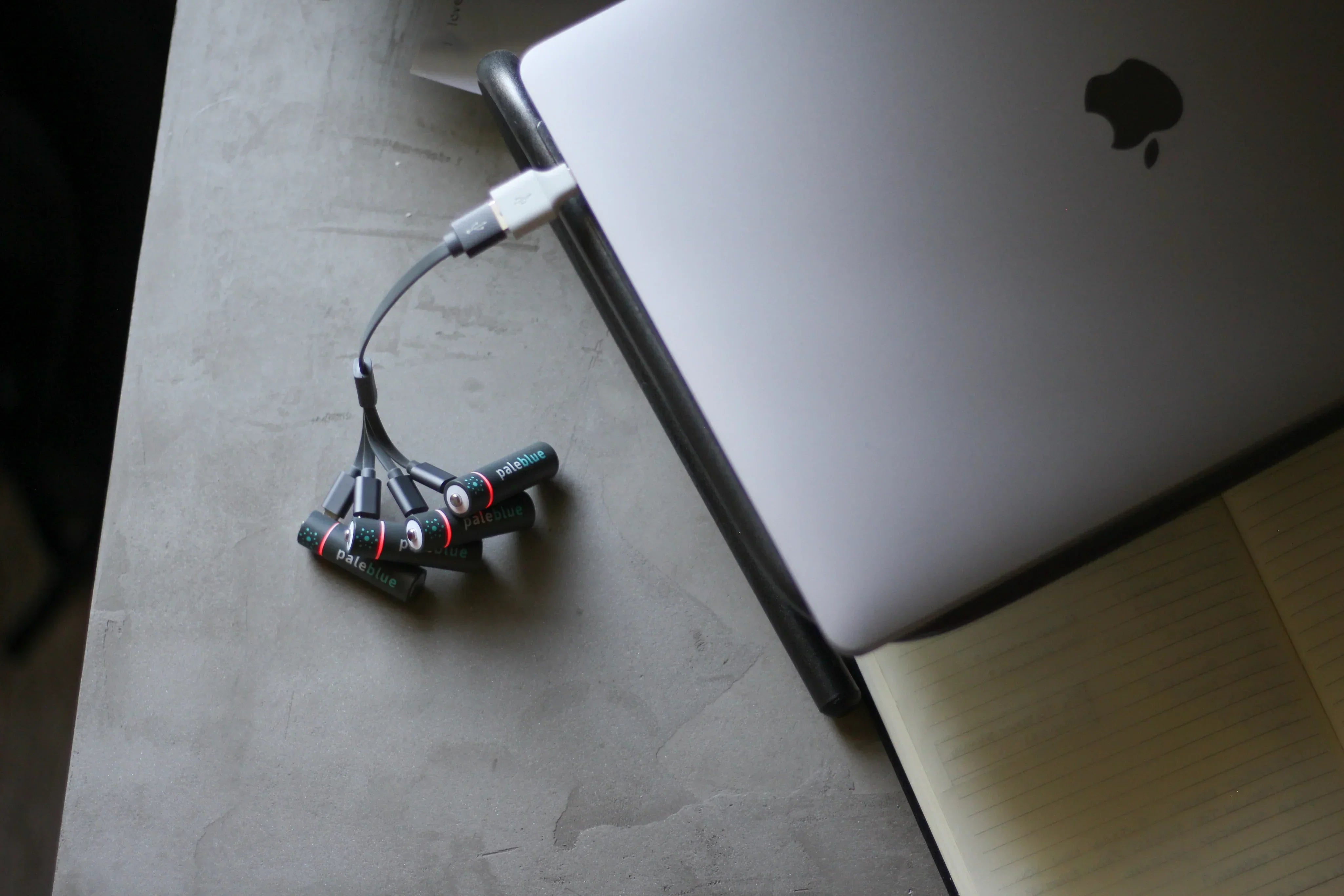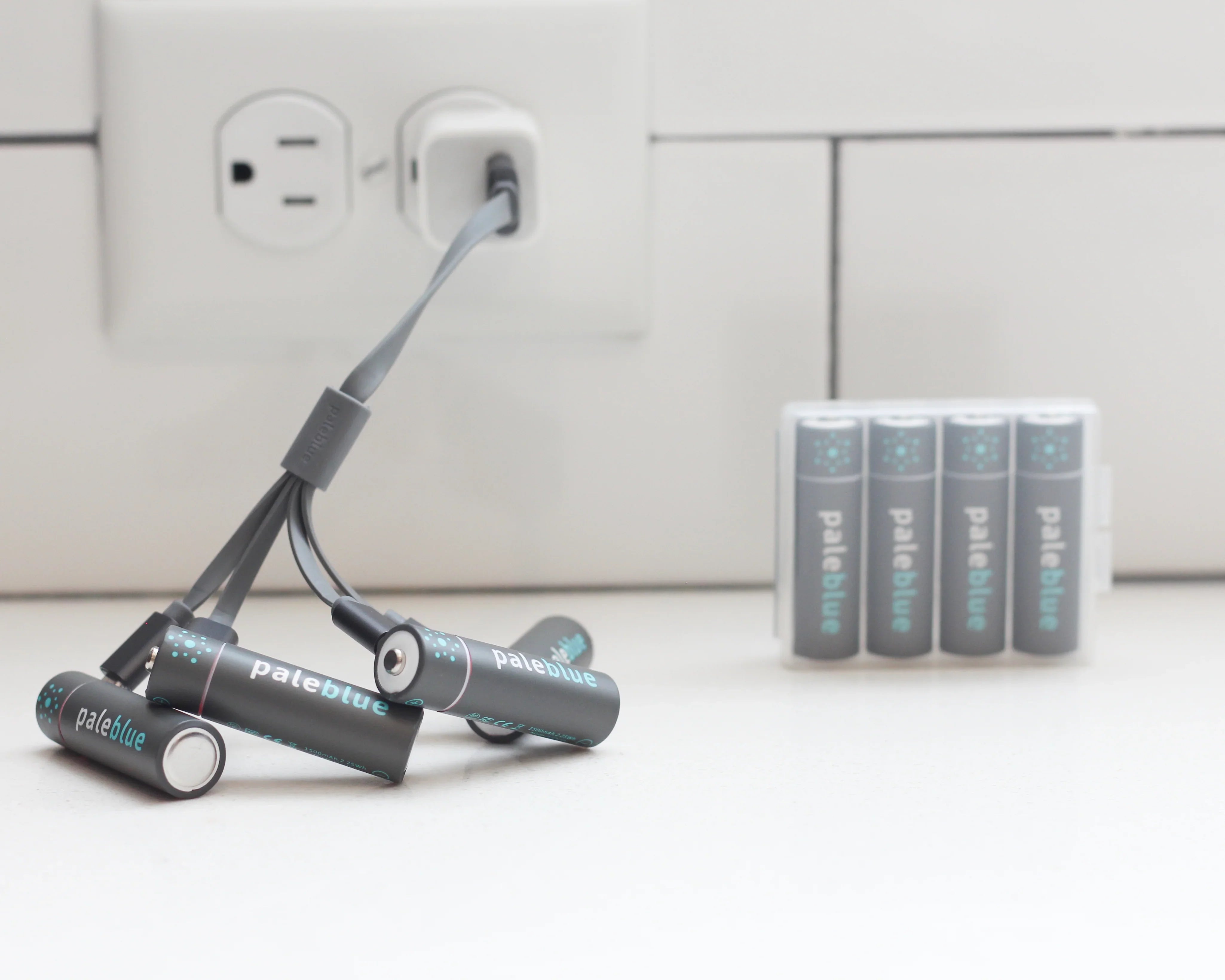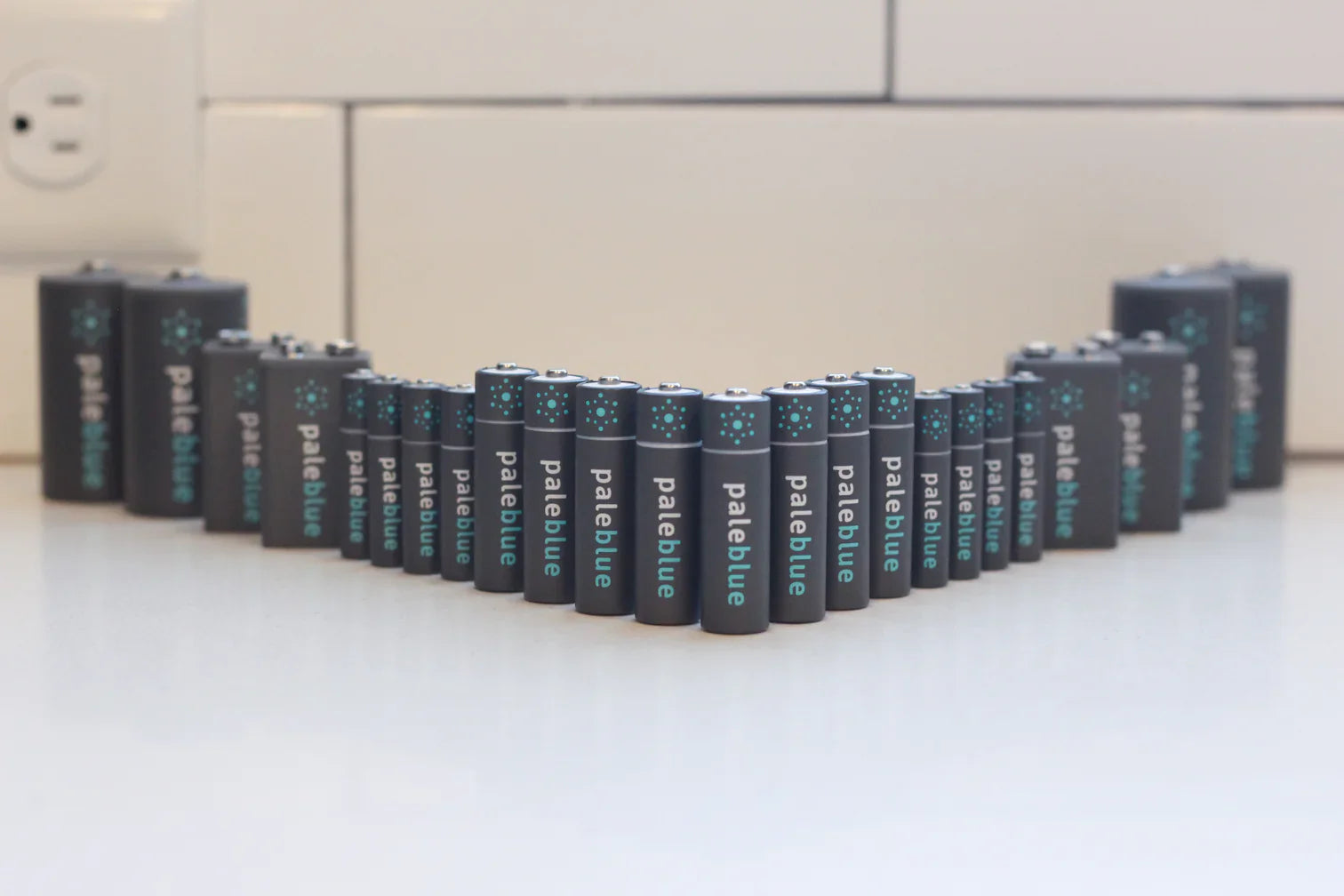Travel with Rechargeable Batteries This Holiday Season

It is that time of year when we take to the highways and byways for holiday visits with family. If you plan to travel for the holidays, there is a good chance you will be carrying devices utilizing rechargeable batteries with you – like your cell phone, for example. You might even carry individual batteries as well. You need to know some things before you do.
If you are driving, you do not need to do anything special with your rechargeable batteries other than packing them in such a way as to protect them from direct sunlight and heat. But if you're flying or taking a train, extra precautions are required. Know these precautions before you pack your bags.
Traveling by Train
Amtrak is the primary passenger rail service in the U.S. As per their official baggage policies, the only batteries that are prohibited on-board are those containing acid that could leak. USB rechargeable batteries do not fit into that category, being based on lithium-ion technology. In short, you are not prohibited from packing lithium-ion batteries in your checked baggage or carry-on luggage.
You should still take the proper precautions to protect the batteries you put in checked luggage. If those batteries are installed in devices, said devices could be turned off completely. Both devices and individual batteries should be protected against impact and heat. Do the same for batteries and devices in your carry-on bags.
Traveling by Air
FAA regulations regarding lithium-ion batteries are a bit more restrictive. In an official fact sheet published in February 2020, the FAA's opening statement reminds consumers that lithium-ion batteries can catch fire if they are damaged, short-circuited, or subject to excessive heat.
Here is what you need to know, in a nutshell:
Uninstalled Batteries
Loose batteries that are not installed in a device may not be packed in checked luggage. So if you were carrying four USB rechargeable batteries from Paleblue, you would have to carry them with you in your checked baggage. This is true even if you are transporting an unopened package of new batteries.
Please keep in mind that electronic cigarettes are essentially lithium-ion batteries with liquid tanks attached to them. They cannot be transported in checked luggage, either. They must be carried with you in your carry-on bag.
Devices with Installed Batteries
The FAA recommends that devices with installed lithium ion batteries be carried with the passenger into the cabin. This includes things like laptops and cell phones. Simply put, the FAA would prefer they be part of your carry-on baggage just in case there is a fire. It is easier for cabin crews to deal with a potential fire in the cabin as opposed to one in an inaccessible luggage compartment.
If it is absolutely necessary that you pack electronic devices in your checked baggage, you can. Follow the same advice we mentioned for rail travel. Make sure the devices are completely off. Also make sure they are packed in such a way as to prevent impact and exposure to heat. Wrapping the devices in your clothing and keeping them separated from each other is the best strategy.
Remember that any lithium-ion battery – charged via USB or otherwise – can overheat and burn. A battery fire in a luggage hold could prove catastrophic for air travelers. Please do not take any chances. Follow all FAA guidelines for traveling with lithium-ion batteries.
With that, we want to wish you a happy and safe holiday season. Make sure you have plenty of USB rechargeable batteries on hand so that you don't miss any of those opportunities to take great photos and videos.
- Tags: Economical Sustainability







